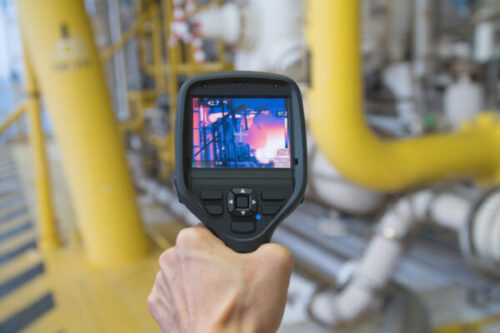The Basic Principles Of Roar Solutions
The Basic Principles Of Roar Solutions
Blog Article
Getting My Roar Solutions To Work
Table of ContentsThe 5-Second Trick For Roar SolutionsThe Ultimate Guide To Roar SolutionsSome Ideas on Roar Solutions You Should Know
In order to protect installations from a possible explosion an approach of analysing and classifying a potentially harmful location is called for. The objective of this is to ensure the appropriate choice and setup of devices to inevitably protect against an explosion and to ensure security of life.
(https://www.cheaperseeker.com/u/roarsolutions)
No tools ought to be set up where the surface temperature level of the devices is above the ignition temperature of the given risk. Below are some typical dust dangerous and their minimal ignition temperature. Coal Dirt 380C 225C Polythene 420C (thaws) Methyl Cellulose 420C 320C Starch 460C 435C Flour 490C 340C Sugar 490C 460C Grain Dirt 510C 300C Phenolic Material 530C > 450C Aluminium 590C > 450C PVC 700C > 450C Soot 810C 570C The chance of the hazard being present in a focus high adequate to create an ignition will certainly differ from area to area.
Hazardous location electrical tools possibly developed for use in greater ambient temperatures. Field Repair Work By Authorised Employee: Complex screening might not be called for nonetheless specific procedures might require to be complied with in order for the devices to maintain its 3rd celebration ranking. Each item of tools with a harmful rating should be assessed individually.
Some Ideas on Roar Solutions You Should Know
The tools register is a thorough data source of tools records that consists of a minimum set of fields to determine each item's area, technological parameters, Ex category, age, and environmental data. The proportion of Comprehensive to Close inspections will certainly be established by the Devices Risk, which is analyzed based on ignition danger (the possibility of a resource of ignition versus the likelihood of a flammable ambience )and the harmful area category
( Zone 0, 1, or 2). Carrying out a robust Risk-Based Examination( RBI )approach is essential for ensuring conformity and safety and security in managing Electric Tools in Hazardous Areas( EEHA).
Roar Solutions Fundamentals Explained

In regards to explosive risk, a hazardous location is an environment in which an eruptive environment exists (or might be anticipated to be present) in amounts that call for special safety measures for the building, installment and usage of equipment. eeha certificate. In this short article we explore the difficulties encountered in the work environment, the threat control steps, and the required competencies to work securely
These materials can, in certain conditions, develop explosive ambiences and these hop over to here can have major and awful consequences. Many of us are familiar with the fire triangular remove any one of the three elements and the fire can not take place, but what does this mean in the context of dangerous areas?
In a lot of circumstances, we can do little about the levels of oxygen in the air, yet we can have significant impact on resources of ignition, as an example electrical tools. Dangerous areas are documented on the dangerous area category illustration and are determined on-site by the triangular "EX" indication. Below, among various other vital information, zones are split right into three types depending on the danger, the probability and period that an explosive environment will certainly exist; Zone 0 or 20 is deemed the most unsafe and Area 2 or 22 is deemed the least.
Report this page